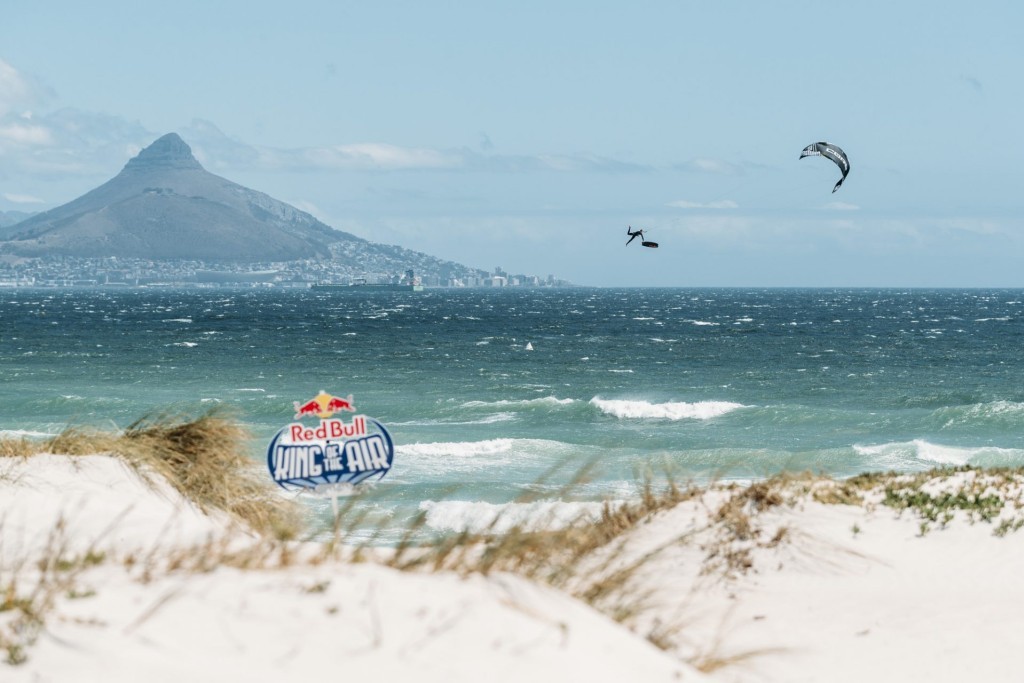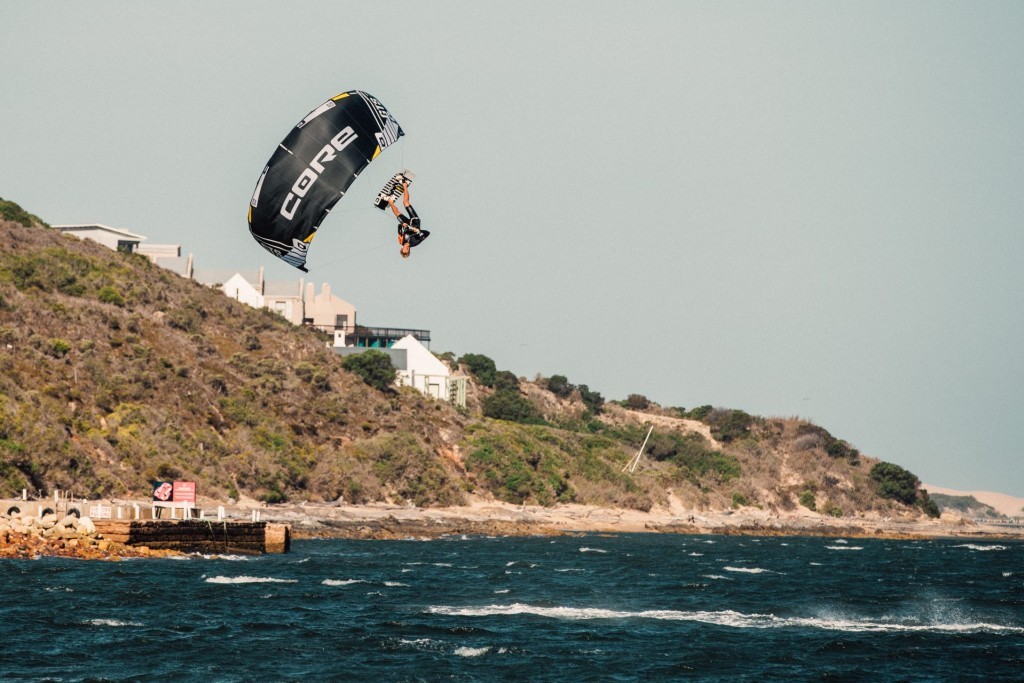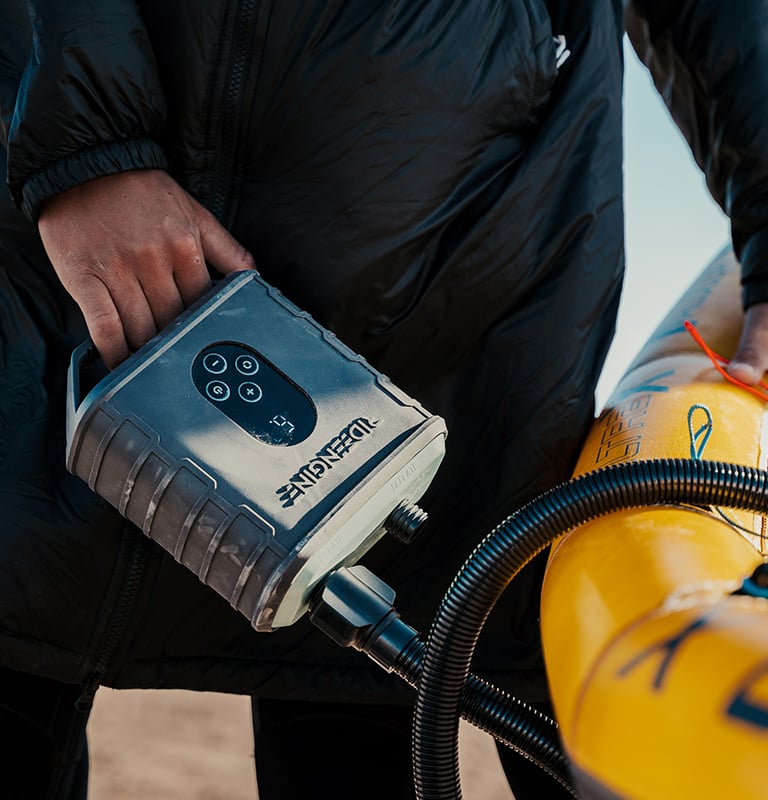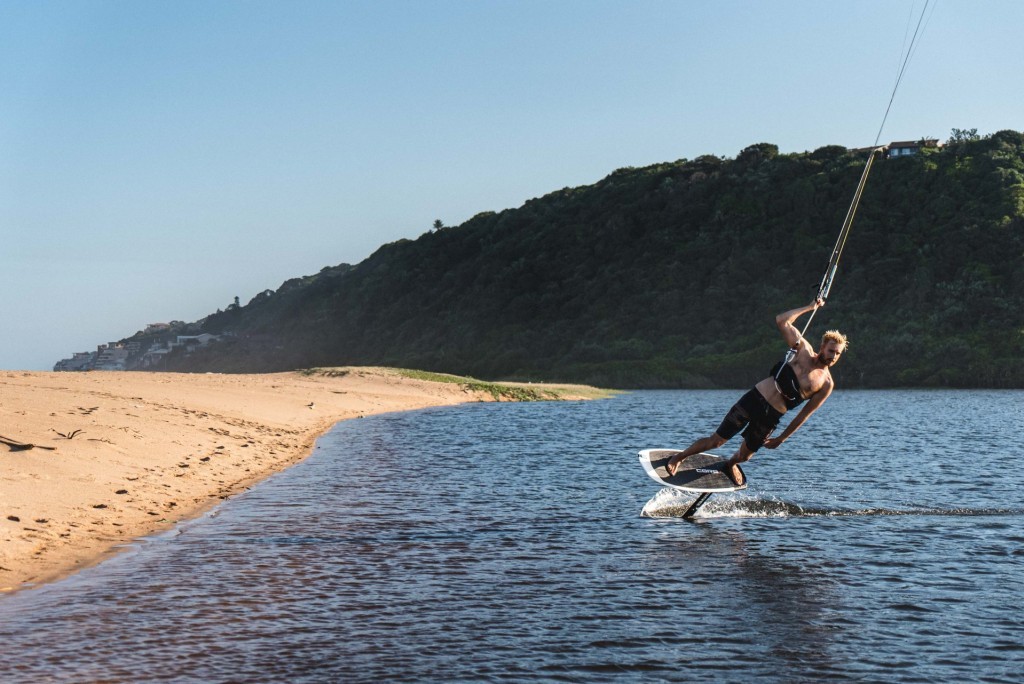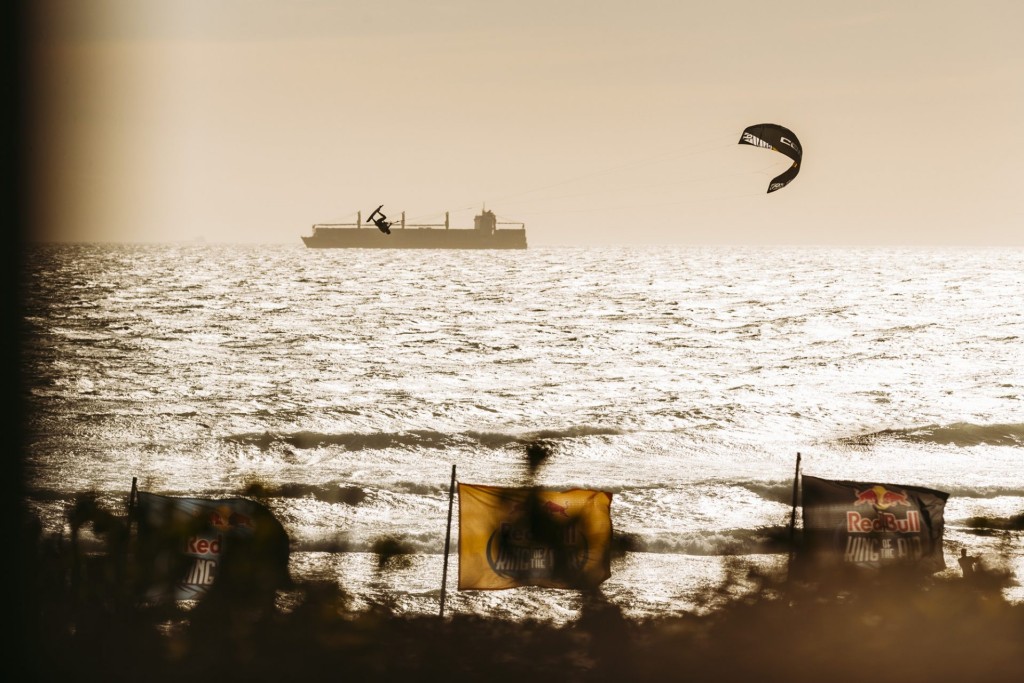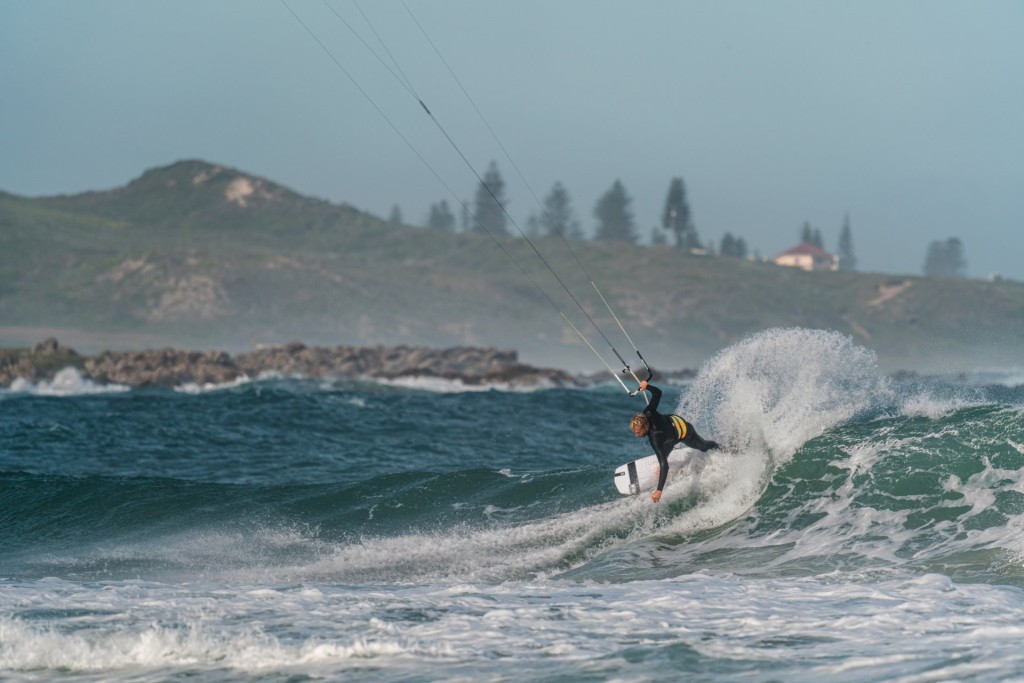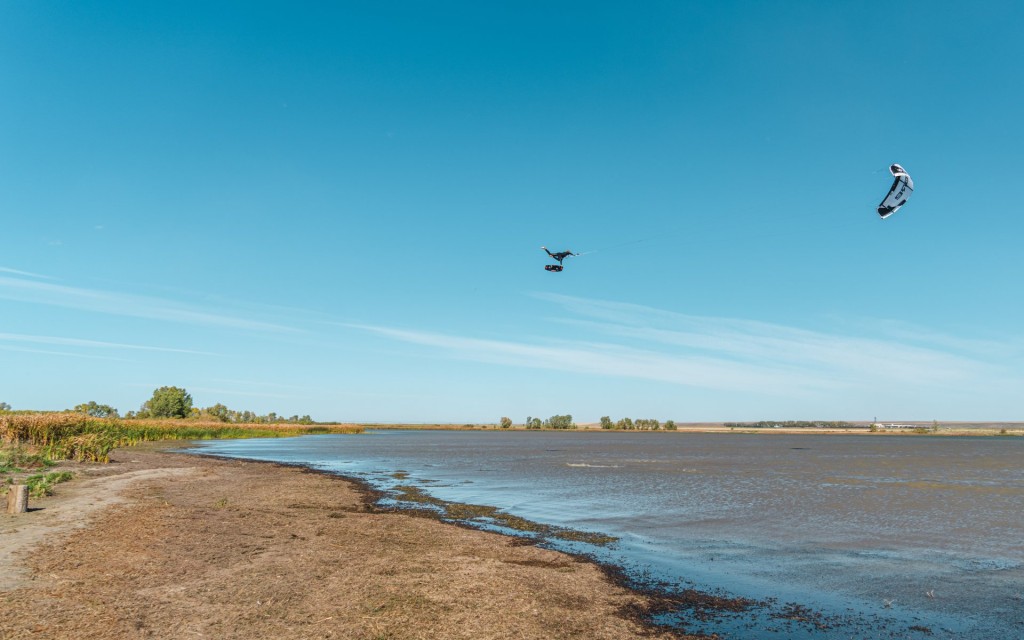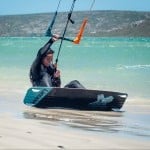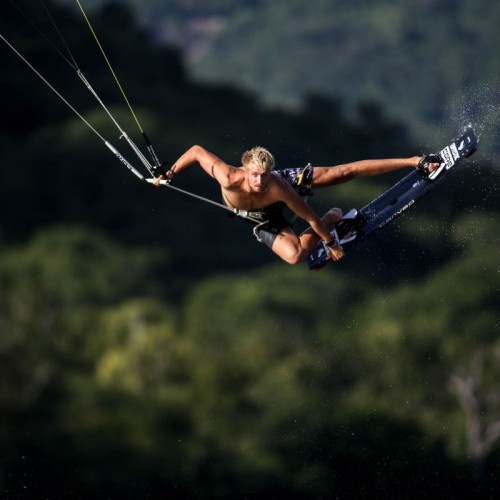
Risk vs. Reward: Interview with Steven Akkersdijk
Features / Fri 18th Feb, 2022 @ 9:00 am
Steven Akkersdijk has been a fixture in the kiteboarding big air scene for nearly a decade, claiming several podiums in the Red Bull King of the Air and the Megaloop Challenge. Not just a big air champion, he’s got a solid bag of freestyle tricks, is a master on the foil, and can slay even the biggest waves. If you’ve been watching over the past year or so, his media skills have come to the forefront, both with his SA Masterclass video series and his creative eye as a photographer and videographer. Has the career shift been a side-effect of recent injury or increased risk in competitive kiteboarding? We asked Steven, sharing some of his insights on our recent No Pain, No Gain? article. Find out the full story right here in this interview!
Being a top-level athlete in any sport comes with significant risk; kiting is no different. Is this something you’re always conscious of? Do you accept potential injury as a side-effect of your career choice?
For me the consciousness of potential dangers and injuries increased as I grew older. When I just started kiting and riding competitions I wouldn’t think much about injuries, mainly because I didn’t have many. But after a while you start collecting injuries and hard crashes that take longer to recover from. There is more pressure to perform at a top level and that requires certain risks to be taken. In free ride or training sessions I’m very conscious about the risks, especially with big air. All of this goes out of the window when riding a competition though, the adrenaline is pumping and you know there is a safety crew on the beach. Somehow it’s like flipping a switch and thinking about the consequences later.
What has been your most serious injury in kitesurfing, and what was the recovery process?
During Red Bull Megaloop I took off in a weird gust and came falling from about 12m high. The impact knocked me out and I swallowed water that ended up in my lungs, this resulted in a 1 night sleep over in the ICU. Even though my body was bruised from the impact the physical recovery was super quick as I was back on the water without any problems 5 days later. The mental block took longer to recover from though.
Loading…
Win a Ride Engine Air Box Electric Pump this issue in our FREE subscriber prize draw.
?utm_source=ig_embed&utm_campaign=loading” data-instgrm-version=”14″ style=” background:#FFF; border:0; border-radius:3px; box-shadow:0 0 1px 0 rgba(0,0,0,0.5),0 1px 10px 0 rgba(0,0,0,0.15); margin: 1px; max-width:540px; min-width:326px; padding:0; width:99.375%; width:-webkit-calc(100% – 2px); width:calc(100% – 2px);”>
Win a Ride Engine Air Box Electric Pump this issue in our FREE subscriber prize draw.
?utm_source=ig_embed&utm_campaign=loading” style=” background:#FFFFFF; line-height:0; padding:0 0; text-align:center; text-decoration:none; width:100%;” target=”_blank” rel=”noopener”>
View this post on Instagram
What a lot of people don’t know is that my biggest injury actually happened while hydrofoiling in the waves. After riding a wave my lines went slack and I fell in to the water. The board shot in to my lines and the kite crashed in the water. A few moment later the same 2m high wave that brought me out of balance crashed down on my kite and dragged me about 10 meters through the water. Normally this wouldn’t be a big problem, but this time I got dragged straight in the the foil that was stuck in my lines. I hit the stabiliser wing with my right foot and it cut straight in to my ankle cutting it wide open. Somehow I managed to get the foil out of my lines and foiled back to the shore. In the hospital they figured out I had a cut extensor tendon and ankle joint capsule. This resulted in internal stitches and a 6-7 month recovery to full strength making it my longest recovery to date.
All of this would have been avoided if I had just released the kite, but somehow it’s not something I thought was necessary in the situation, big mistake….
When you’re back on the water, does the memory of that recent injury affect the way you ride or the risks you take on the water?
Both of my injuries were the direct result of a stupid mistake and bad luck, making it something I’m not too worried about happening again. My first session after my foil injury was actually a kite foil session in waves, and I’m still in love with foiling in the waves. After my crash at Red Bull Megaloop I did have a mental block riding in strong wind conditions, but with multiple sessions and slowly expanding my comfort zone I was back at my old level in half a year.
Is the risk of injury worth the reward?
As I mostly ride within my comfort zone and only take small and controlled steps outside I don’t see a lot of risk in kiteboarding. The risks are easy to manage and therefor completely worth the reward. I still believe that I would have been injured way more if I continued mountain biking or skateboarding, the injuries we get from kiteboarding are usually manageable.
As a competition rider, how does a serious injury impact your career? And is that one of the factors behind your decision to step away from competing, and towards media, tutorials, and working with CORE?
As a competition rider you constantly have to progress, and that also means you have to try new tricks in less than perfect conditions making it way more risky. Getting injured at such a moment can have a massive affect on your career depending on your contract. Some riders won’t get payed out if they’re injured as their contract is based on results rather than monthly payout.
The added risk of training in less than perfect conditions was one of many reasons why I decided to stop riding competitions. When you ride for pictures or video you have full control on what you want to do. No more judging criteria you have to follow, just what you feel like doing, this delivers an enormous freedom.
We are so impressed by the calculated approach that Akkersdijk takes to kiting. His insights about riding within his comfort zone are an eye-opener, especially to those that thing that kiting is all about going extreme! We’re stoked to see how he has been exploring the post-competition part of his career, and can’t wait to learn more as he shares his skills and passion through the SA Masterclass series!
Cover Photo: José Denis-Robichaud
By Crystal Veness
Editor at IKSURFMAG, Crystal Veness hails from Canada but is based in South Africa. When she isn't busy kitesurfing or reporting on the latest industry news for the mag, she is kicking back somewhere at a windy kite beach or working on creative media projects.


